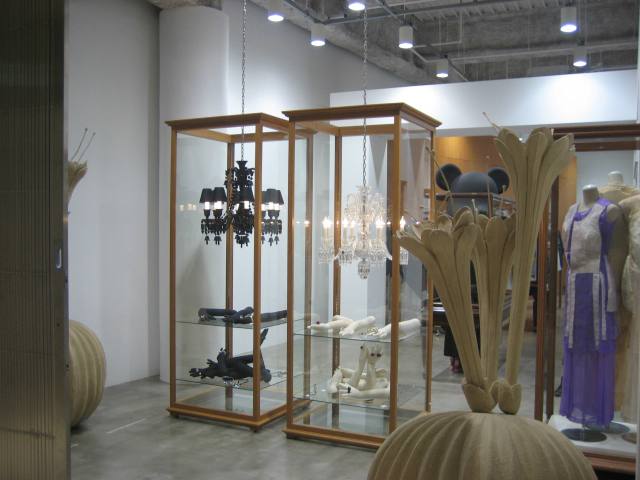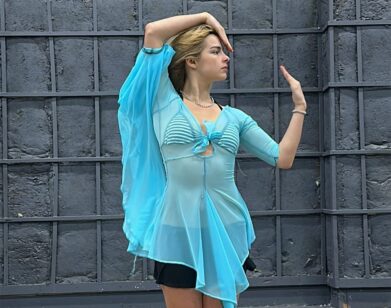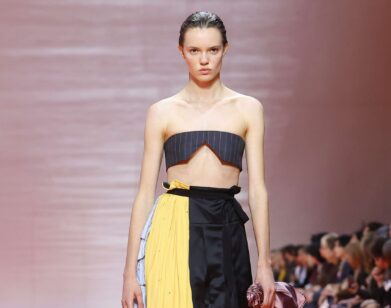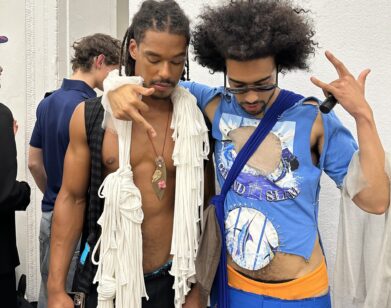Inside Kawakubo’s Tokyo Fortress

Setting foot into a Rei Kawakubo franchise means surrendering belief in tellurian time and location. Her spaces feel unearthly and remote; they seem reachable only through expensive portals. In New York, a complex mirrored tunnel transports you to the highly curated wonderland of the Comme Des Garcons compound; in London, Dover Street Market operates like a trick mirror—normal to the passersby, a funhouse inside. Meanwhile, her infamous pop-up shops don’t really have conventional entrances—they seem to materialize and vanish into thin air. Tellingly, two monstrous cacti guard the entrance to Kawabubo’s latest experimental retail venture, the Tokyo Trading Museum, a hyper-curated space where objects take on a life of their own and breathe and “just looking” isn’t frowned upon, it’s very much the point.
A gorgeously arctic-looking fortress of modern design, the Museum teems with bizarre and beautiful oddities that seem conjured from a curiosity shop on another planet. All these objects feel christened, chosen for a reason. But how do they connect? “Everything here is either what Rei made or what she likes, both past and present,” remarks Adrian Joffe, Kawakubo’s husband and Comme Des Garcons managing director. Think of the Museum as an invitation to glean insight into Kawakubo’s various stages of cognition and creation.
There’s nothing pedestrian to be found here; right now, the Museum is in its “Hard Extremes” phase, an exhibition which pairs punk nerviness with what they call “hard cut crystal elegance.” Inside the confines of eight giant Victoria and Albert cabinets, a collection of Vivienne Westwood T-shirts are presented behind barbed wire like rarefied artifacts, not merchandise. Vintage Stephen Jones creations spring from globe-shaped hat stands; forks and knives dangle mischievously from Tom Binns’ necklaces. Black crystal Baccarat chandeliers designed by Elie Top seem suspended in midair while, underneath, grotesquely outstretched mannequin hands sport matching rings. The former is displayed simply for aesthetic appreciation; the latter can be purchased, as can customized CDG tees and items from experimental designers Christopher Nemeth and Fleet Ilya. A collection of “new vintage” CDG gowns preen majestically from another case. They’re the exhibit’s ostensible pièce de résistance.
Joffe repots that the company is currently 30% over its budget, but he notes the overexpenditure with a hint of glee. “But what is more pleasing is that lots of visitors are just looking,” he explains. By convincing Japanese customers, who view retail as a vital national pastime, that simple appreciation is as paramount as consumption, one can’t help but ponder how the Museum’s plight might translate to fashion cities with less spending power. When asked if there are plans to replicate the formula elsewhere, Joffe says it’s a possibility, but that consumers’ diminished budgets aren‘t a motivating factor. “In recessionary times, we just think we have to be stronger and more creative than ever.” he says. “No compromise, as usual.”






